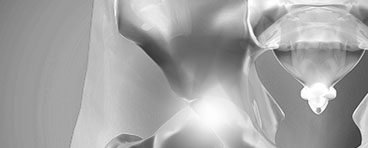Click on the links below to find out more
Patellofemoral Replacement
RECOVERY & RISKS
Patellofemoral replacement surgery is safe, and highly effective at treating patellofemoral arthritis, with a low complication rate.
RISKS AND COMPLICATIONS
There are risks associated with an anaesthetic which will discussed with you before your surgery with your anaesthetist, and there are medical complications such as pneumonia and deep venous thrombosis (DVT) which can occur after any operation.
Risks specific to Patellofemoral Replacement Include (Not limited to):
- Progression of arthritis: over time the arthritis which affected one part of your knee can spread to other parts of the knee, which may require revision surgery, and in the future conversion to a total knee replacement. The risk of this depends upon the integrity of the remaining knee cartilage, and MRI or arthroscopy is typically required to assess the knee prior performing a patellofemoral replacement to evaluate it for suitability to undergo this procedure.
- Clicking/Clunking/Maltracking: this occurs when the knee cap does not travel in a straight line and may move out of its path which can cause pain and discomfort. In extreme cases the kneecap may dislocate. Some minor clicking is to be expected from an artificial joint
- Numbness: some surgeons perform a patellofemoral replacement through a midline approach, this is associated with a high rate of numbness at the front of the knee. Dr Slattery uses a lateral incision, which has a lower rate of numbness, as it preseves these nerves.
- Stiffness
- Infection
- Residual Pain
To book an appointment please contact Dr Slattery’s rooms on







